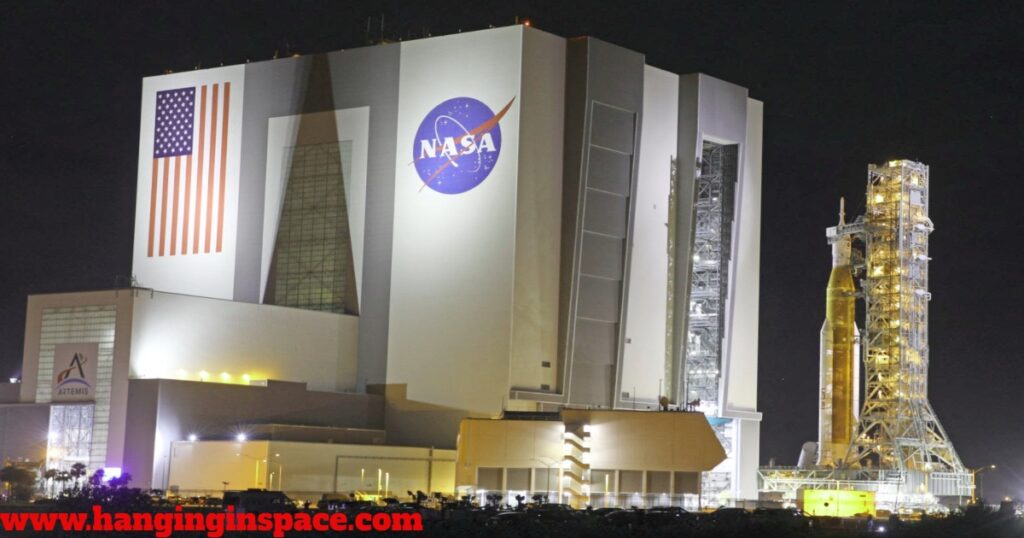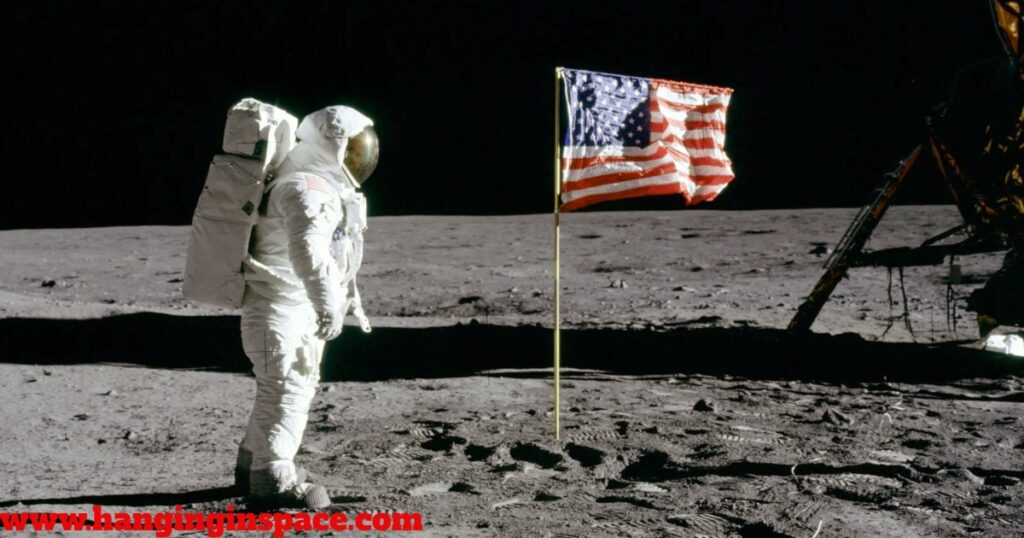The National Aeronautics and Space Administration (NASA) is committed to deepening our knowledge of space and pushing the envelope of exploration beyond Earth‘s atmosphere. NASA was founded on July 29, 1958, and came of age during the turbulent Space Race thanks to the vision of trailblazing leaders and the shared aspirations of scientists, engineers, and explorers.

In reaction to the Soviet Union’s successful 1957 launch of Sputnik 1, the US government created NASA. President Dwight D. Eisenhower signed the National Aeronautics and Space Act into law to establish NASA as the country’s civilian space agency, Therefore, President Dwight D. Eisenhower is considered the founder of NASA.
Eisenhower was worried about losing out in the space race and keen to demonstrate American technological superiority.
Dr. T. Keith Glennan, the organization’s first administrator, and Dr. Hugh L. Dryden, the deputy administrator, led NASA on a daring quest to explore space, increase scientific understanding, and motivate upcoming generations of explorers. NASA’s initial aims covered a wide range of topics, from Earth observation and scientific study to manned spaceflight and lunar exploration.
What are the Objectives of NASA?
NASA’s objective is to pioneer the future in space exploration, scientific discovery, and aeronautics research. Guided by its core values of innovation, integrity, inclusivity, and excellence, NASA seeks to address fundamental questions about the universe, our planet, and the nature of life itself.

Space Exploration:
NASA is committed to expanding human presence beyond Earth, venturing into the depths of space to explore distant worlds, asteroids, and celestial bodies. Through initiatives such as the Artemis program, NASA aims to return astronauts to the Moon, establish a sustainable lunar outpost, and prepare for future crewed missions to Mars and beyond.
Scientific Discovery:
NASA conducts cutting-edge research and exploration missions to investigate space mysteries, study Earth’s climate and environment, and investigate the origins of life in the universe. By launching space telescopes, planetary probes, and observatories, NASA has revolutionized our understanding of the cosmos, uncovering new planets, stars, and galaxies beyond our solar system.
Aeronautics Research:
In addition to its space exploration efforts, NASA is at the forefront of aeronautics research, developing innovative technologies to enhance aviation safety, efficiency, and sustainability. Through collaborations with industry partners and academic institutions, NASA aims to revolutionize air transportation, reduce environmental impact, and pave the way for the next generation of aircraft and spacecraft.
Inspiration and Education:
NASA’s exploration endeavors serve as a source of inspiration and education for people around the world, sparking curiosity, fostering scientific literacy, and promoting STEM (science, technology, engineering, and mathematics) education.
Through outreach programs, educational initiatives, and public engagement efforts, NASA encourages individuals of all ages to pursue careers in space exploration and scientific discovery.
What are the Achievements of NASA?
Throughout its storied history, NASA has achieved numerous milestones and breakthroughs that have reshaped our understanding of the universe and transformed the course of human exploration. Some of NASA’s most notable discoveries and achievements include:

NASA Apollo Moon Landings:
NASA’s Apollo program, culminating in the historic Apollo 11 mission, landed the first humans on the Moon in 1969. Astronauts Neil Armstrong and Buzz Aldrin became the first humans to set foot on the lunar surface, fulfilling President John F. Kennedy’s vision of landing a human on the moon and returning him safely to Earth.
NASA Space Shuttle Program:
NASA’s Space Shuttle program revolutionized spaceflight, enabling routine access to low Earth orbit and facilitating the construction of the International Space Station. Throughout 135 missions, the Space Shuttle fleet transported astronauts, satellites, and scientific payloads, paving the way for future exploration endeavors.
Hubble Space Telescope:
Launched in 1990, the Hubble Space Telescope has provided astronomers with unparalleled views of the cosmos, revolutionizing our understanding of distant galaxies, nebulae, and cosmic phenomena. Hubble’s observations have led to groundbreaking discoveries, including the confirmation of supermassive black holes, the measurement of the universe’s expansion rate, and the detection of exoplanet atmospheres.
Mars Exploration:
NASA’s Mars exploration program has yielded a wealth of scientific data and imagery, transforming our understanding of the Red Planet’s geology, climate, and potential for past or present life. Mars rovers such as Spirit, Opportunity, and Curiosity have traversed the Martian surface, conducting geological surveys, analyzing rock samples, and searching for signs of habitability.
International Space Station:
NASA’s collaboration with international partners has resulted in the construction and operation of the International Space Station (ISS), a state-of-the-art research laboratory orbiting Earth. Since its inception in 1998, the ISS has served as a symbol of international cooperation and scientific collaboration, hosting thousands of experiments in fields such as biology, physics, and materials science.
James Webb Space Telescope:
A new era in space exploration was ushered in by the December 25, 2021, launch of the James Webb Space Telescope (JWST). The primary objective of JWST is to find answers to cosmic riddles, such as how galaxies originated and where to look for habitable exoplanets. It is equipped with advanced sensors designed specifically for infrared studies.
Artemis Program:
The goal of NASA’s vast and comprehensive Artemis program is to bring people back to the Moon and establish a long-term human presence there. It expands on the technological and scientific discoveries made during the Apollo missions, but it also offers a more comprehensive plan for future lunar exploration and possible intermediate stops before reaching Mars.
Its objectives are to use two spacecraft, Gateway, and Starship (leased from SpaceX), to land the first woman and person of color on the moon, as well as to conduct scientific exploration and maintain a sustainable lunar presence.
NASA is developing a next-gen Lunar Terrain Vehicle (LTV) for the Artemis Program. LTV’s goals will be enhanced exploration, sustainable lunar presence, and safety of astronauts.
Conclusion:
NASA is dedicated to expanding human knowledge, motivating the next generation of explorers, and promoting international collaboration in space as it begins its next phase of exploration. NASA is redefining the future of space exploration by launching bold missions to the Moon, Mars, and beyond, stoking the public’s imagination and asserting humanity’s place in the universe.
